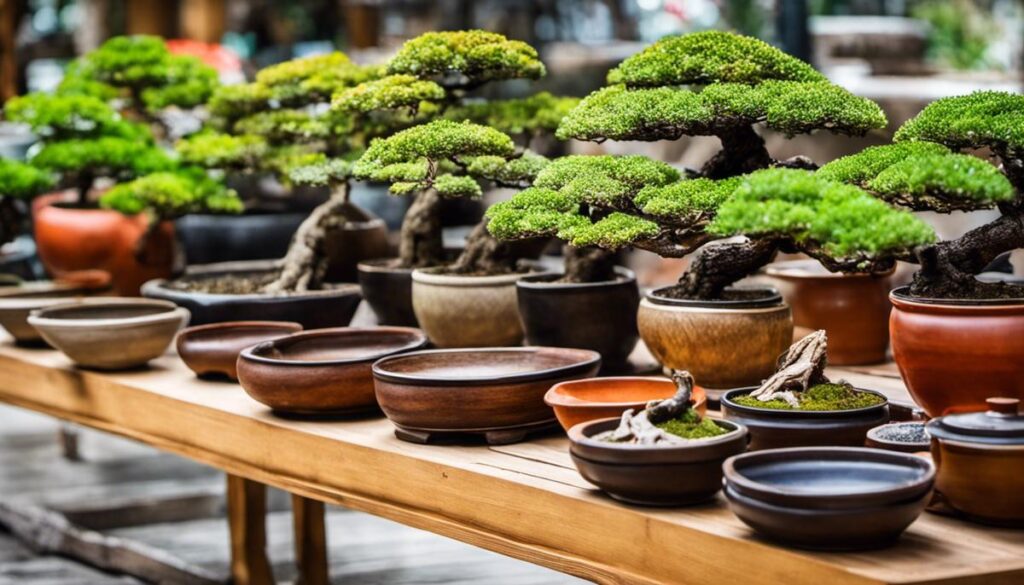Bonsai, the centuries-old art of cultivating miniature versions of large trees, is not just about growing trees; it’s about creating a harmonious amalgamation of a tree and its pot. The bonsai pot plays a critical role in shaping this vision, with its myriad forms, sizes, and materials that could remarkably affect a tree’s health and appearance.
This exploration dives into understanding the different types of bonsai pots, their role in the journey of a bonsai tree, and how to select the perfect pot. It also sheds light on the importance of maintaining these pots, discussing techniques such as thorough cleaning, careful handling, and preemptive breakage prevention, which are instrumental in prolonging a pot’s beauty and utility.
Understanding Bonsai Pot Types
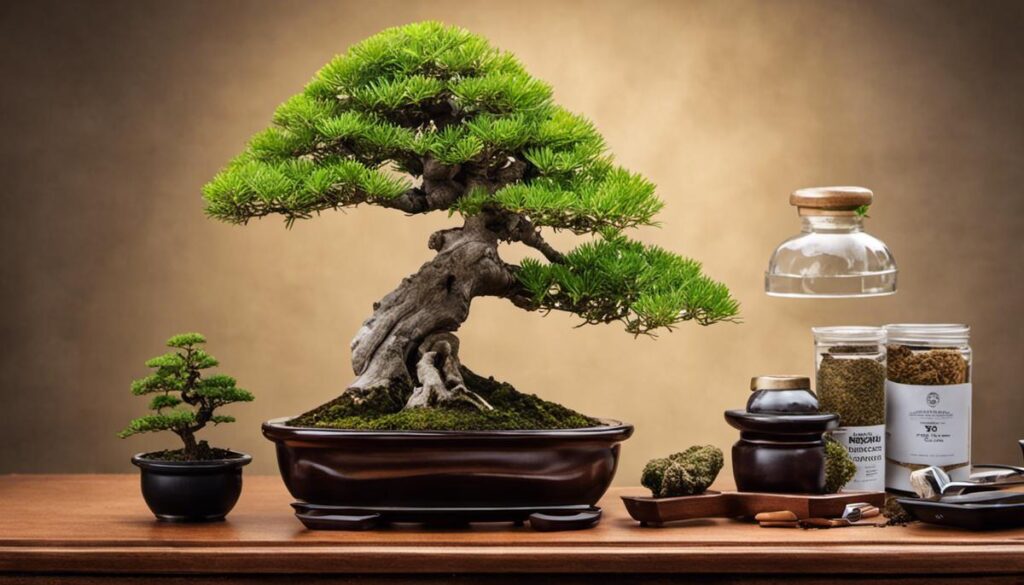
Navigating the World of Bonsai Pot Types
Bonsai pots, with their various dimensions and forms, are largely tailored to the specific bonsai trees they house. For instance, an oversized pot can lead to root decay and water stagnation for a petite bonsai, while a pot that’s too small can result in stunted growth. Similarly, pots crafted for towering or cascading bonsai trees often feature a deeper build to counterbalance the tree’s stature or span.
The configuration of a bonsai pot significantly contributes to the bonsai’s overall charm. Rectangular pots characterized by straight flanks and sharp angles are perfect for bonsai trees exuding strong vertical lines. On the other hand, bonsai trees boasting a more casual and fluid style are likely to benefit from oval or round pots featuring gentle curves. Additionally, some pots may feature elaborative designs or exquisite detailing, offering a complementary or contrasting aesthetic to the bonsai tree.
Materials used in crafting bonsai pots are as diverse as their sizes and shapes. Ceramic, a classic favorite, is celebrated for its durability and permeability, facilitating adequate air and water circulation around the tree’s roots. Furthermore, the myriad finishes and hues available in ceramic pots make them a visually captivating choice.
Plastic bonsai pots, although less visually appealing, offer practicality with their lightness, affordability, and resilience, making them suitable for those new to bonsai cultivation. That said, they may not efficiently insulate against temperature changes.
Mica, a naturally occurring mineral, is another common material choice for bonsai pots. Its inherent toughness and its ability to mimic clay or ceramic pots make it a versatile option, capable of withstanding harsh weather, thus ideal for outdoor positioning.
While the pot’s aesthetic is essential, the health and lifespan of the bonsai tree supersede when selecting a pot. Certain materials enhance root insulation, moisture conservation, and drainage. Thus, the pot selection is often a balancing act between functionality and aesthetic charm.
Gaining an understanding of the different types of bonsai pots, their dimensions, shapes, and materials, can significantly augment the health and attractiveness of a bonsai tree. Spanning a spectrum of possibilities, each bonsai pot symbolizes a unique fusion of art and cultivation, echoing the age-old allure of this ancient practice. Whether molded from ceramic, plastic, or mica, each pot plays its part in creating a miniature bonsai universe.

Choosing the Right Bonsai Pot
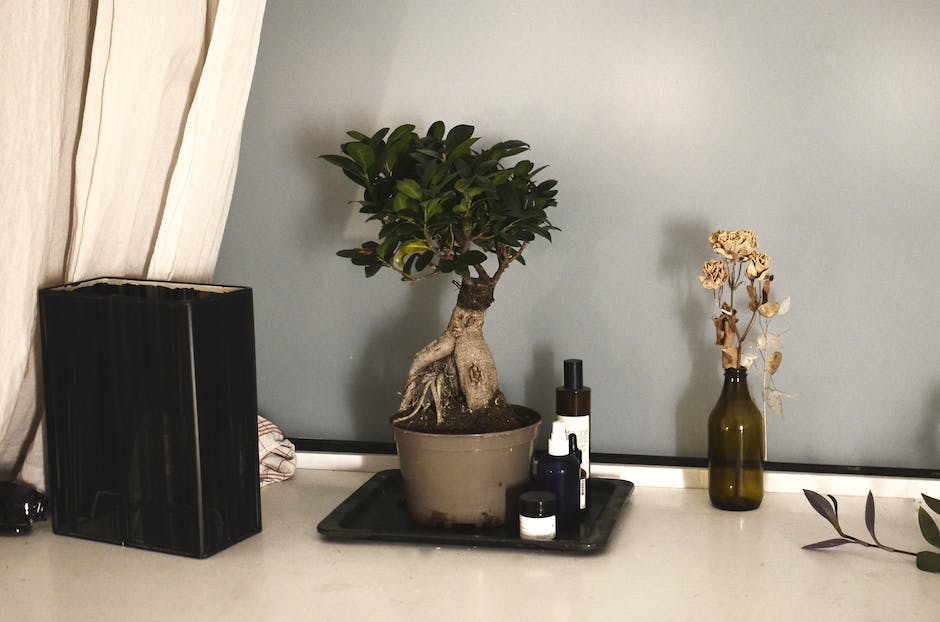
Appreciating the Significance of Bonsai Pots
The allure of a bonsai tree extends beyond the tree itself; it entwines with its pot, generating a symbiotic combo. The bonsai pot holds immense significance; it not only shapes the tree’s growth and wellness but also influences its aesthetic appeal. It plays the role of the tree’s habitat. When it comes to choosing the right bonsai pot, you need to think beyond picking a container that can simply host a plant. It requires consideration and is about much more.
Size Suitability
A very crucial aspect of choosing a bonsai pot is determining the correct size. You need to take into account the size of the bonsai tree and its roots. The pot dimension should be guided by the height and weight of the tree. If the tree is too big or heavy, it may cause the pot to tip over. Conversely, an oversized pot may overwhelm a small bonsai tree and distract from its beauty. The depth of the pot properly relates to the thickness of the trunk. Typically, the depth of the pot should be about the same as the width of the tree trunk.
Complementary Color and Shape
Another important consideration when choosing a bonsai pot is the color and shape of the pot. These should harmonize with the tree. The idea is that the tree and pot should form a complete picture and offset each other to bring out the most desired traits. Usually, you should use a dark-colored pot for a tree with a dark trunk and a lighter-colored pot for a tree with a lighter trunk. Similarly, the shape of the pot should reflect the shape of the tree, where rounded or curvy pots suit more relaxed, feminine or cascading bonsai forms, and angular pots are a better fit for upright, masculine trees.
Adequate Drainage
Drainage is vital to a bonsai tree’s health. A pot for bonsai should have at least one large hole in the center and several smaller ones scattered around for effective drainage. These holes allow excess water to escape, stopping root rot, and encourage aeration for the roots. Some bonsai pots may also include wire anchors that are useful for securing the tree.
Matching Style to Tree’s Species and Style
When selecting a bonsai pot, consider the tree’s species and style. Different species have different needs and thrive in different environments. Some species may require larger, deeper pots while others need shallower pots. Furthermore, the style of the bonsai tree can dictate the type of pot you choose. For example, a formal upright bonsai may need a symmetrical pot, while a windswept bonsai may look better in an asymmetrical pot.
Materials of Bonsai Pots
Bonsai pots are often made from glazed ceramic, but they can also be constructed from other materials like concrete, plastic, resin, metal, and wood. Each type has its own advantages and disadvantages. For instance, ceramic is durable and offers a wide variety of designs, but it can be quite heavy. On the other hand, plastic is lightweight and inexpensive, but it’s less durable and doesn’t have the same aesthetic appeal as ceramic. The material of the pot can also affect the bonsai tree’s health, as certain materials can influence the soil’s moisture levels and temperature.
Understanding the principles and criteria when selecting a bonsai pot is vital for the well-being of your bonsai tree. A well-chosen pot can significantly affect the overall health, growth, and aesthetics of your bonsai. The choice of a bonsai pot is not just a matter of size or color, but it’s about creating harmony and balance, and ensuring functionality and beauty.
Bonsai Pot Care and Maintenance
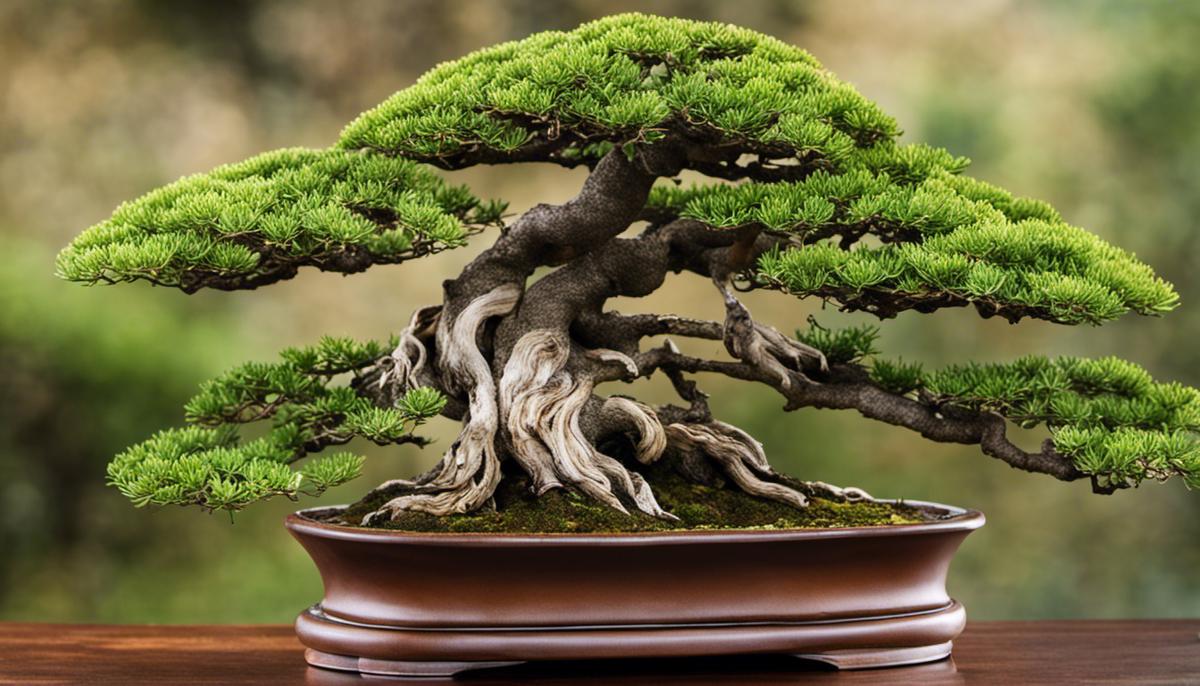
The Significance of Maintaining Your Bonsai Pot
The care and maintenance of a bonsai pot is just as important as the selection process. It’s not only about preserving the aesthetic appeal of the pot, but also about providing a healthy environment for your bonsai tree to thrive. A properly maintained bonsai pot ensures optimal growth conditions for your tree, allows for efficient water drainage preventing water-logging, and hampers the growth and spread of harmful pathogens.
Bonsai Pot Cleaning Techniques
Routine cleaning of the bonsai pot is an integral part of bonsai pot maintenance. Cleaning removes residue build-up from fertilizers and other applications, inhibits the growth of harmful molds or fungi, and keeps the pot looking its best. Start by removing the tree and any soil from the pot. Use a mild detergent and a soft cloth or sponge to gently clean the pot. Tougher stains or deposits can be cleaned using a soft-bristle brush. Avoid using harsh chemicals or abrasive scrubbing materials that can damage the pot’s surface. Always rinse the pot thoroughly after cleaning to remove any soap residues that could harm the bonsai.
Handling Pot Breakages and Cracks
Despite the best of care, bonsai pots can break or develop cracks. Minor cracks or chips can often be repaired using a waterproof, non-toxic adhesive. However, a severely damaged pot should ideally be replaced to prevent damage or stress to the bonsai. If a pot breaks while the bonsai is still inside, carefully remove the tree to prevent further damage. Repair or replace the pot before re-potting the bonsai.
Preserving Bonsai Pot’s Beauty and Functionality
There are several ways to ensure your bonsai pot remains visually appealing and functional for years to come. Regular cleaning and periodic inspections for damage are key. In addition to this, keep the pot in a location where it is protected from harsh weather conditions that can cause it to crack or fade. Avoid dragging the pot on hard surfaces, as it can lead to scratches and damage to the pot’s finish. Rotate the pot occasionally to ensure the bonsai grows evenly.
Repotting Bonsai Trees
Repotting is essential for the health of a bonsai tree as it helps to prevent root bounding and gives the tree access to fresh soil and nutrients. Repotting should generally be done every 1-2 years for young bonsai trees and every 3-5 years for more mature trees. However, different species may have different requirements. To repot, carefully remove the bonsai from its current pot, prune the roots if necessary, place it in a new pot or a clean, repaired version of its old pot, and fill with bonsai soil. Always handle the bonsai tree gently during this process to minimize stress and potential damage to the tree.
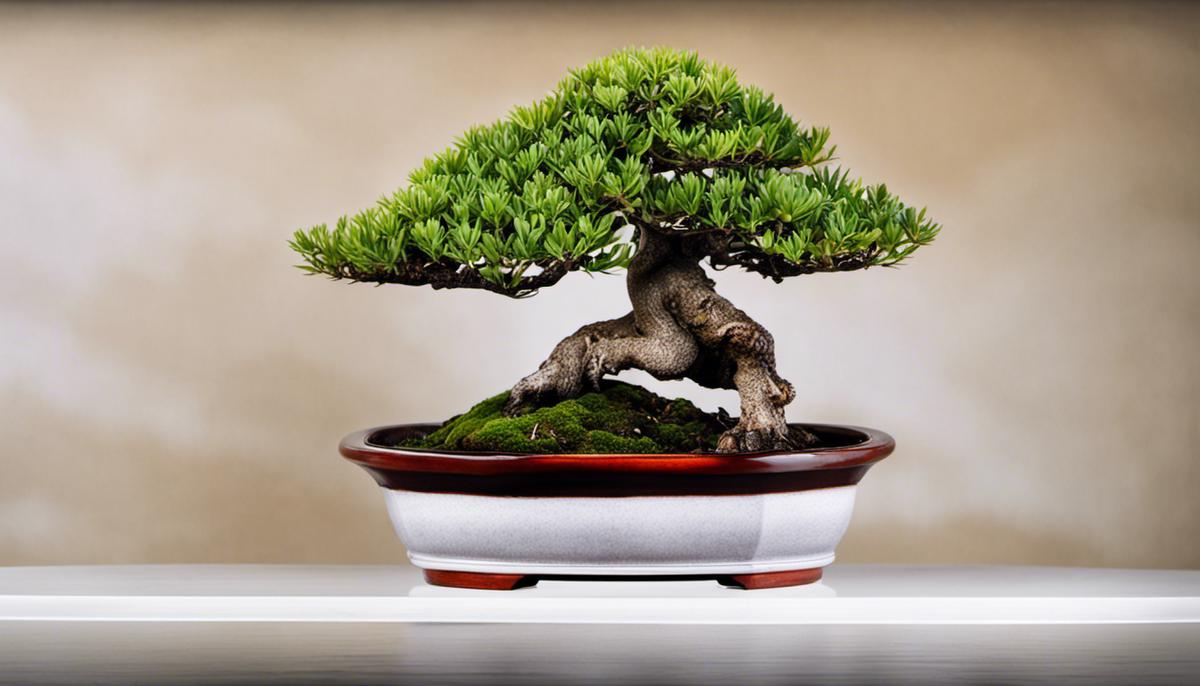
Bonsai pots, a silent yet indispensable partner in the bonsai culture, showcases a delicate harmony between nature and artistry. The right pot emphasizes the charm and individuality of each bonsai tree, further enhancing its cultural and aesthetic worth. The ability to choose the right pot, however, comes not just from understanding its basic types but also from appreciating its complementary role to the tree. This coupled with regular maintenance and care ensures that the pot remains an ideal home for the tree for years to come. Therefore, understanding and implementing the principles of bonsai pot selection, care, and maintenance is not just an activity but an expression of respect to an art that has been nurtured for centuries.
